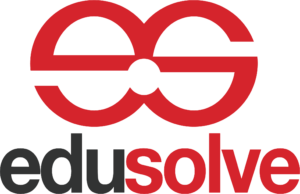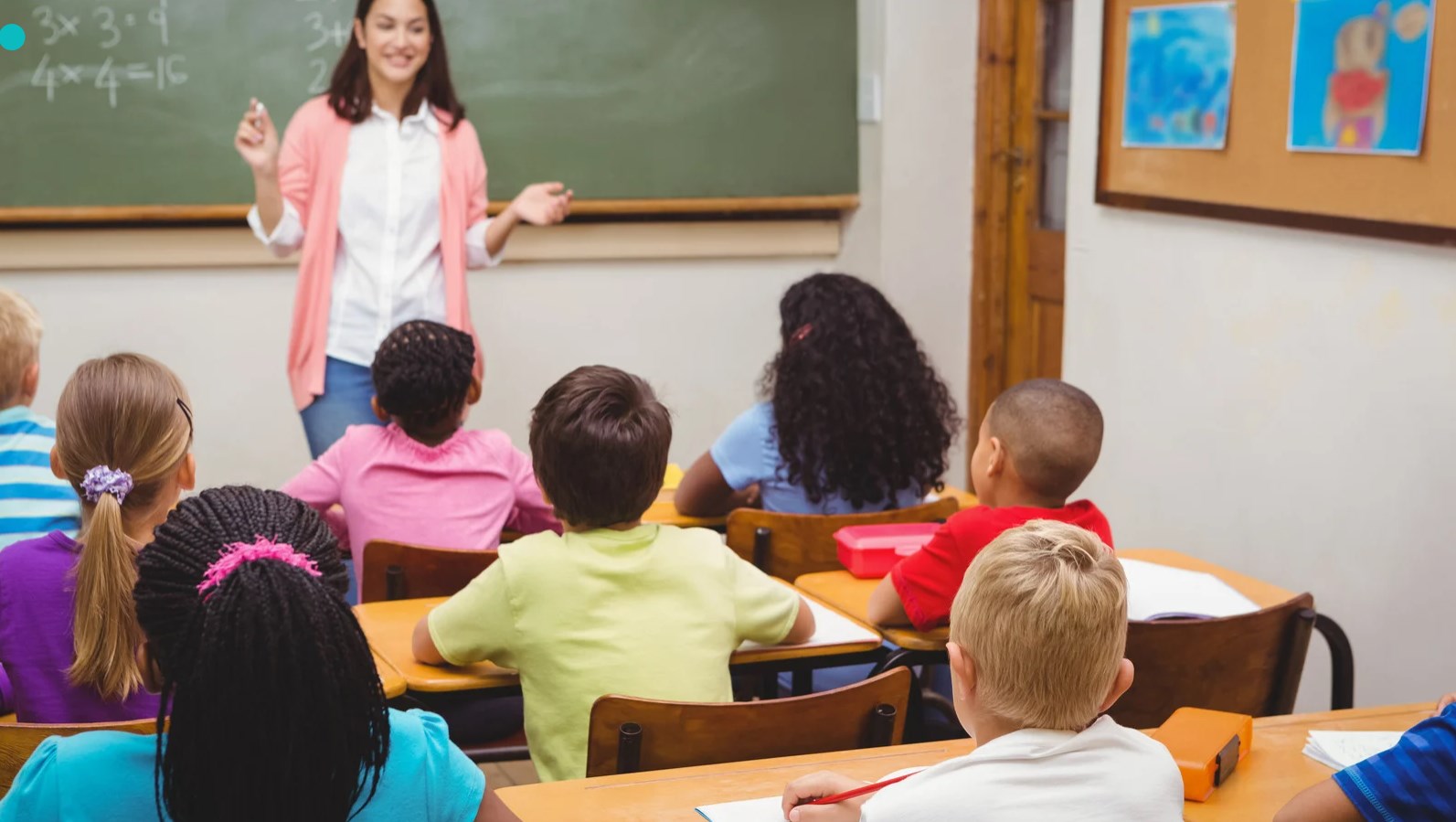The rapid advancement of technology is influencing almost every part of our lives, including communication, learning, and employment. Expert Systems Building Services created to mimic human expertise in particular domains—are one of the several technological technologies driving this growth. In addition to transforming sectors like healthcare, banking, and engineering, these systems are becoming more prevalent in the building services and education sectors.
This blog explores how expert systems are changing building services and their increasing incorporation into educational social-emotional learning activities. We’ll examine the advantages, difficulties, and potential developments that bring technology and education together, exposing what might be in store for this potent and exciting collaboration.
What Are Expert Systems, and Why Do They Matter?
Expert systems can apply rules, evaluate vast amounts of data, and offer thorough answers to challenging issues. Because of their unique capacity to learn and improve over time, these systems are useful tools in fields that demand experience.
One of the most important uses for Expert Systems Building Services is in the construction of services. These solutions aid in the creation of smarter, more effective environments by managing anything from climate control and energy optimization to security. However, they are equally useful in the classroom, especially when it comes to encouraging social emotional learning (SEL) activities.
Expert Systems in Building Services
Whether they are homes, workplaces, or educational institutions, buildings are intricate systems in and of themselves. To effectively manage their operations, they must balance cost, comfort, safety, and energy use. When used to construct services, expert systems are able to identify trends, forecast requirements, and suggest the best course of action.
Energy Optimization
Energy management is one of the most important ways that expert systems contribute to building services. To maximize energy use, these systems gather and examine data from a variety of sources, including occupancy sensors, temperature sensors, and weather forecasts. For instance, depending on the number of students in a classroom and the outside weather, an expert system in a school building may modify the HVAC and lighting systems. This lowers the school’s carbon footprint while ensuring efficient operations.
Security and Access Control
For all types of buildings, but particularly for educational institutions, security is still of utmost importance. To improve security, expert systems can be connected with Internet of Things gadgets like smart locks and security cameras. These technologies, for example, can recognize odd movement patterns within a structure and promptly notify security staff. By providing a secure learning environment that promotes both academic and emotional well-being, this technology protects both staff and kids.
Predictive Maintenance
Reactive building maintenance frequently fixes issues after they arise. Predictive maintenance is made possible by expert systems, which can spot possible problems before they become serious enough to require expensive repairs. For instance, real-time data from sensors installed in HVAC systems can be sent to an expert system, which evaluates the data and raises red lights if it notices a departure from typical performance standards.
Expert systems in building services minimize downtime and guarantee a more secure and comfortable environment for residents by fusing historical data with real-time updates.
Social Emotional Learning Activities in Education
Modern education is centered on social emotional learning. It attempts to provide pupils with the fundamental abilities of self-awareness, emotional control, empathy, and successful communication. These abilities, which range from fostering constructive connections to settling disputes amicably, are essential for success in and out of the classroom.
However, traditional methods of social emotional learning frequently encounter some difficulties, such as a deficiency of resources and individualized care. This is the point at which technology becomes revolutionary. Expert systems can be used in social emotional learning activities to provide schools with dynamic, customized solutions that cater to the needs of specific pupils.
- Personalized Learning Experiences
Regarding their emotional experiences and social interactions, each student is different. Expert systems can provide tailored recommendations by analyzing data, including mood-tracking logs, behavioral survey responses, and facial expressions. An expert system might, for example, recommend cooperative group activities to help a shy student gain confidence or mindfulness exercises for a student exhibiting symptoms of anxiety.
- Real-Time Emotional Feedback
Wearable technology and apps that monitor emotional reactions are being used in schools more and more. Expert systems that analyze the data and offer useful feedback are in tune with these. For instance, a teacher could promptly spot when a group project is making students frustrated and step in with focused advice. This enhances social-emotional learning exercises and contributes to the upkeep of a constructive, encouraging learning atmosphere.
- Enhancing Teacher Training
Teachers are essential in helping kids develop their emotional intelligence. Expert systems can provide educators with training and data-driven insights to improve their SEL approach. Consider a system that assesses interactions in the classroom and offers recommendations for resolving particular issues, such as fostering inclusivity in group discussions. With fewer resources, these tools enable educators to have a greater impact.
Merging Building Services Expertise with Social Emotional Learning
Despite their apparent differences, expert systems in social emotional learning activities and building services have a lot in common. Both aim to establish settings in which individuals feel safe, encouraged, and able to thrive.
- Smarter Schools, Better Learning
Imagine a school where every element is skillfully regulated, from the physical structure to the social and emotional learning activities. Expert systems keep an eye on kids’ emotional health throughout the day, and classroom temperatures are adjusted to enhance concentration. Students will have the finest environment possible to flourish in thanks to this comprehensive strategy.
For instance, a system can suggest relaxing sensory zones for children who are experiencing stress or anxiety based on data from SEL activities. Similarly, expert system-powered building services could modify areas for quiet contemplation or group tasks, coordinating physical design with social and emotional objectives.
- Efficiency Meets Empathy
Expert systems can close the gap between empathy and efficiency. Their use in SEL activities promotes emotional development, even though their function in service construction improves physical comfort. When combined, these developments produce all-encompassing learning environments that equally support students’ mental and emotional development.
Overcoming Challenges
Expert Systems Building Services have drawbacks despite their benefits. For their integration into building services and SEL activities to go as smoothly as possible, these obstacles must be removed.
- Accessibility and Cost
Because expert systems can be costly to build and administer, schools with tight budgets may find them less accessible. This gap might be closed with the use of open-source expert systems or collaborations with IT firms.
- Data Privacy
Data privacy is an issue when employing expert systems for tailored learning and emotional tracking. Schools must take care while handling sensitive data, making sure that it is safe and used in an ethical manner. While regulations such as GDPR provide a framework for guidance, efforts are still ongoing to adapt them to educational environments.
- Resistance to Change
A cultural change is frequently necessary when implementing expert systems in building management or education. It takes time and training for workers, administrators, and teachers to get used to new technology. In order to guarantee smooth adoption, stakeholder support is necessary.
Future Trends and Opportunities
Expert systems in the fields of education and construction services have tremendous prospects for the future. As technology advances, new approaches to incorporating empathy and intelligence into these systems become available.
- AI-Driven Analytics
AI and machine learning will play an even bigger role in the next generation of expert systems. These developments promise previously unthinkable real-time adaptation, improved personalization, and more accurate predictions.
- Integration with Virtual and Augmented Reality
Expert systems may soon be used in conjunction with augmented and virtual reality to produce engaging social-emotional learning environments. Under the guidance of expert systems’ real-time feedback, students may enter virtual scenarios to practice empathy, dispute resolution, or teamwork.
- Smart Campuses
Schools may eventually become completely “smart campuses.” Intelligent systems could optimize every part of a school, from curriculum preparation and emotional monitoring to temperature and lighting controls. Better use of resources and more robust assistance for students’ mental and emotional health are promised by such campuses.
Conclusion
Expert systems improve building services to produce sustainable, effective spaces that prioritize physical comfort. They foster emotional intelligence and help each student reach their full potential when used in social emotional learning activities. When combined, these tools produce genuinely holistic settings that support personal development and well-being.
In the future, human-centered design and technical innovation could lead to new opportunities in education and other fields. We can create more intelligent, compassionate systems that benefit our communities and schools by tackling present issues and seizing new opportunities.











